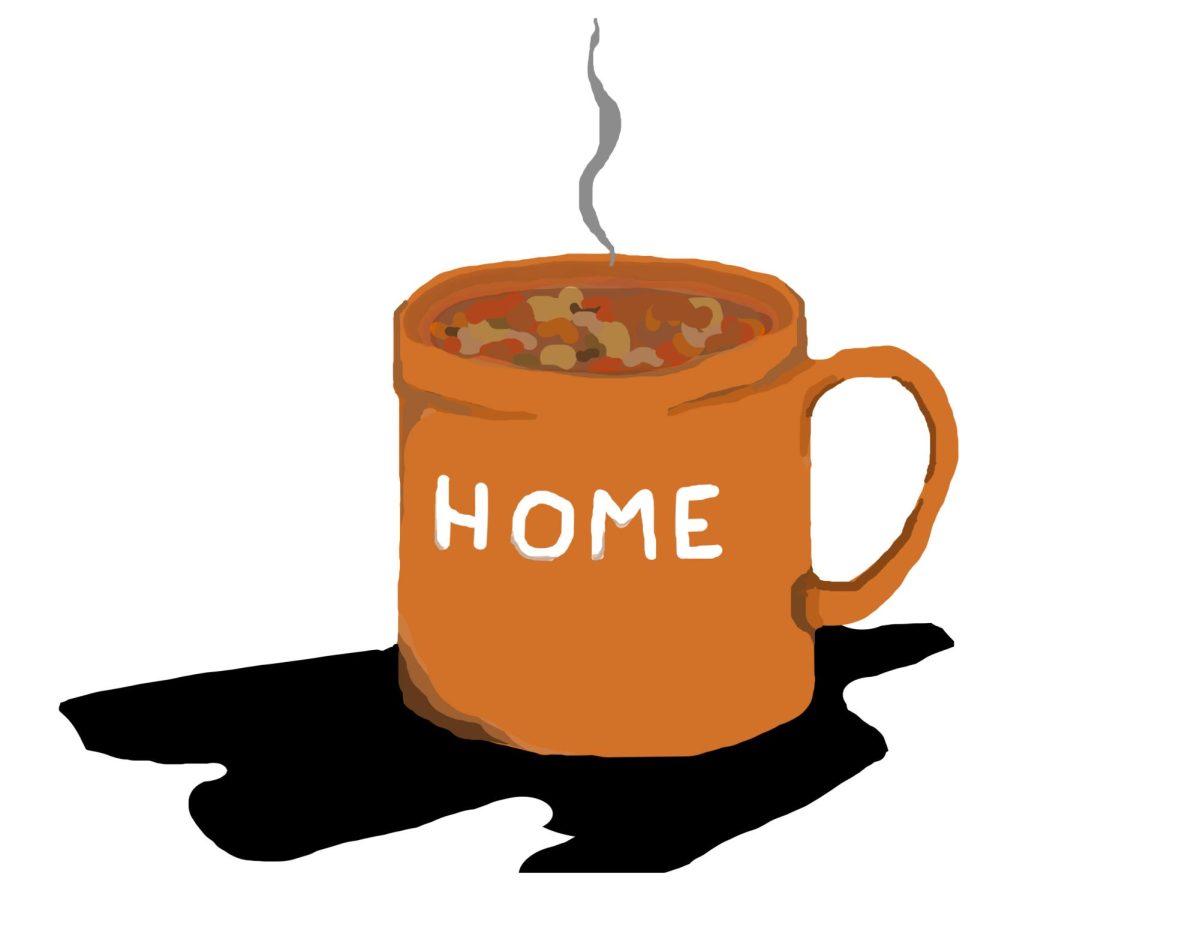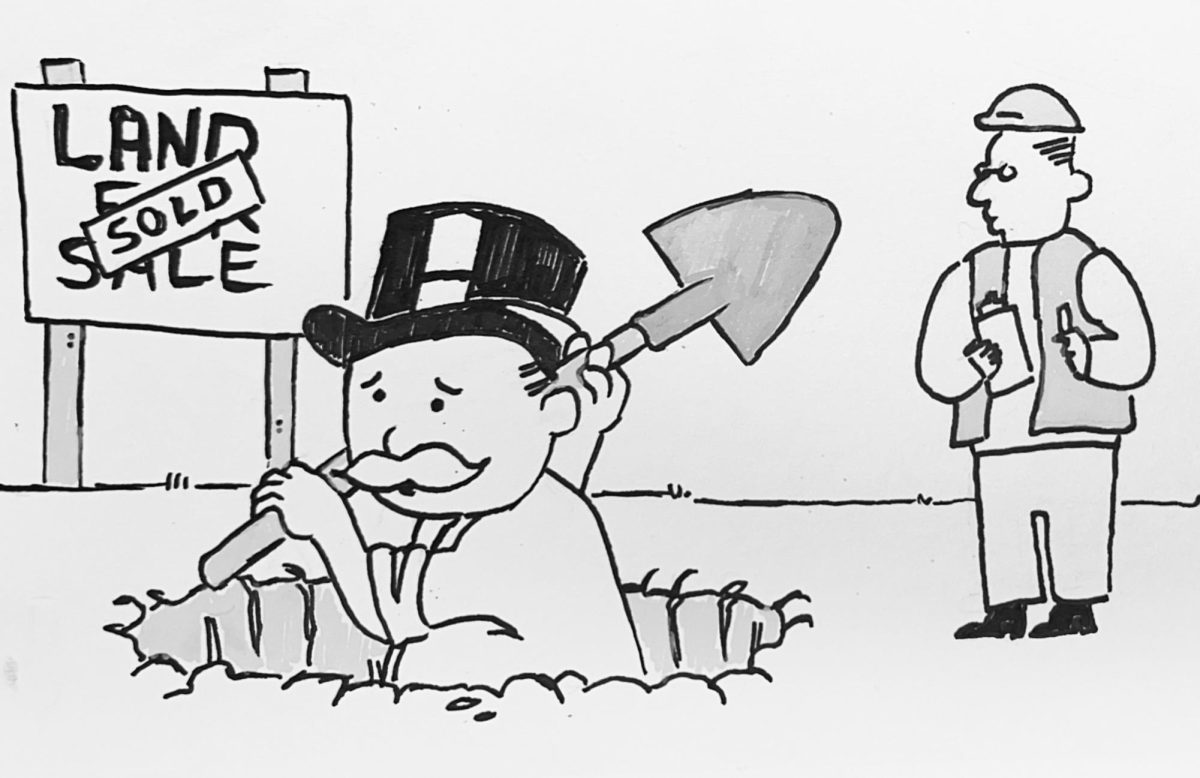by Ari van Schilfgaarde
To those of you who ended up at the new health center this weekend, you probably didn’t notice the landscaping around the new building. But staggering home, newly released from the consequences of your improprieties, you may have seen the berms and plants that surround the former TEK. They are new here, and they are a product of a change that I hope will become the norm around campus.
The changes at Whitman have frequently been microcosms of larger social or environmental changes throughout the country, and this is a perfect example. With these plants taking root in front of the new health center, Whitman has tentatively entered the latest Western fray about sustainable water use. The majority of the plants here on campus were selected to further a pastoral and inviting theme, so we find ourselves with manicured lawns and shady trees scattered throughout campus. This leaves us with a beautiful and easy to take care of campus; at issue is simply the availability of water.
This basin’s water is over-allocated three times over, and although some of the water is recycled from keeping the academic buildings temperate, much of it comes from Walla Walla’s municipal water supply. Historically it has been the case that turf is the largest “crop” in the West in terms of water used, but the tremendous drought of the last decade has brought with it a new focus on conservation.
Thanks to support from the Whitman grounds department and the administration, advocates for conservation have been able to reach a compromise between the dominant pastoral theme and a sustainable low-water-use garden.
The plants at the new health center are mostly native species, species adapted to a water regime that gets most of its precipitation between November and February. This ecosystem is a sagebrush desert –– more than seven inches of rain rarely falls in this part of the world, and the green lawns and hydrophytic (water-loving) trees wouldn’t grow here without the wells that pump the last of the glaciers from a thousand feet below the ground.
This sort of landscaping, a quasi-Xeriscape pattern, is at the heart of a new revolution sweeping the West. Municipalities from Phoenix to Denver and Albuquerque have begun to find that Xeriscaping, with its focus on aesthetics and low water use, is an attractive option when compared to acres of thirsty turf.
Xeriscaping, simply put, is a set of seven principles that allow for an aesthetic garden while simultaneously adapting the garden to the specific locale. Contrary to popular legend, it allows for the judicious use of turf, provided low water plants are also present. Compost and manure are necessary, as are mulches to retain water below the soil. Having an efficient irrigation system (drip is ideal) is a cornerstone, as is careful maintenance. (One can find these principles detailed in the Aug. 21, 2006 issue of High Country News, p 13.)
Whitman’s newest garden has all of these attributes and has the added educational benefit of demonstrating what a native plant composition might have looked like. This is a huge advantage over the landscaping at other buildings on campus, but it is an experiment and a risk that the administration took.
Like all experiments it is a learning process. The drip irrigation system has been a bit of a debacle –– it fails to water the plants properly, and the plants are dying. But this is a learning process, and perhaps the die-hard water conservationists must accept a little judicious use of broadcast irrigation. Then Whitman may be able to save a little money, conserve some water and provide information to those who want to learn more about piercing the irrigation bubble.
This garden has become a true meeting ground for the future of the College, and the compromises reached last spring that are still getting worked out and amended speak to the goodwill amongst the stakeholders on the campus. With the new health center, everyone has accrued some benefits and most importantly learned some lessons. Native plants need not be ugly, and turf need not be the only landscape option. Collaborations such as this one are the foundations for reconciling sustainability with current quality of life drivers.
So next time your RA brings you stumbling and incoherent through the doors of the health center, look around when you leave; those flowering lavender are Whitman at its best, and they are the future of our home.








